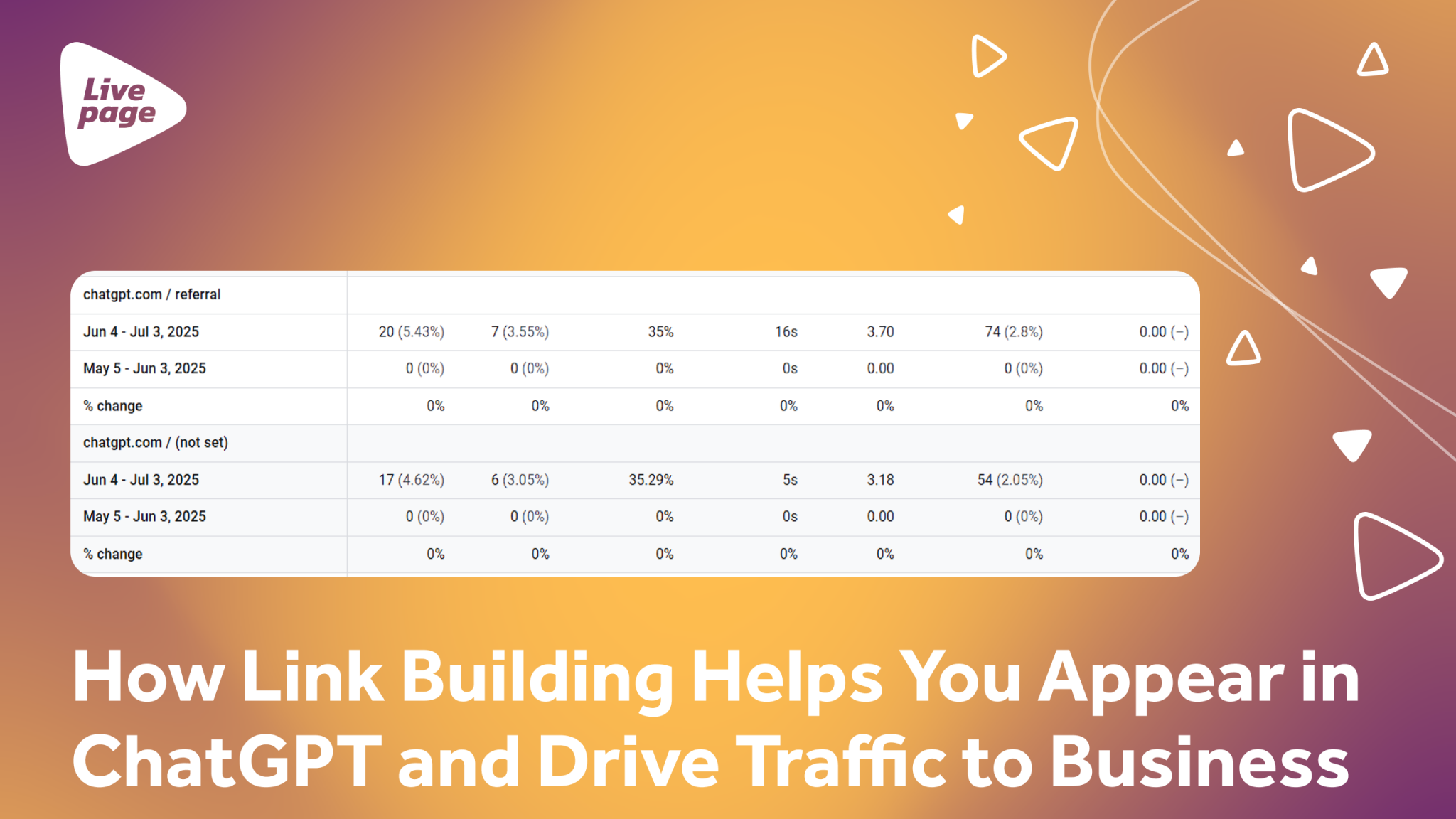
3 Rules for Writing an Email Subject Line that Increasing Open Rate

Have you ever ignored an email or even marked it as Spam after reading just its subject line? If so, then you understand how important the email subject lines are for increasing open rates. They are the first impression and the clickbait that inclines your audience toward opening the email. But how do you write email lines that increase your open rate and don’t leave your subscribers indifferent? Read on to find the answer to this question.
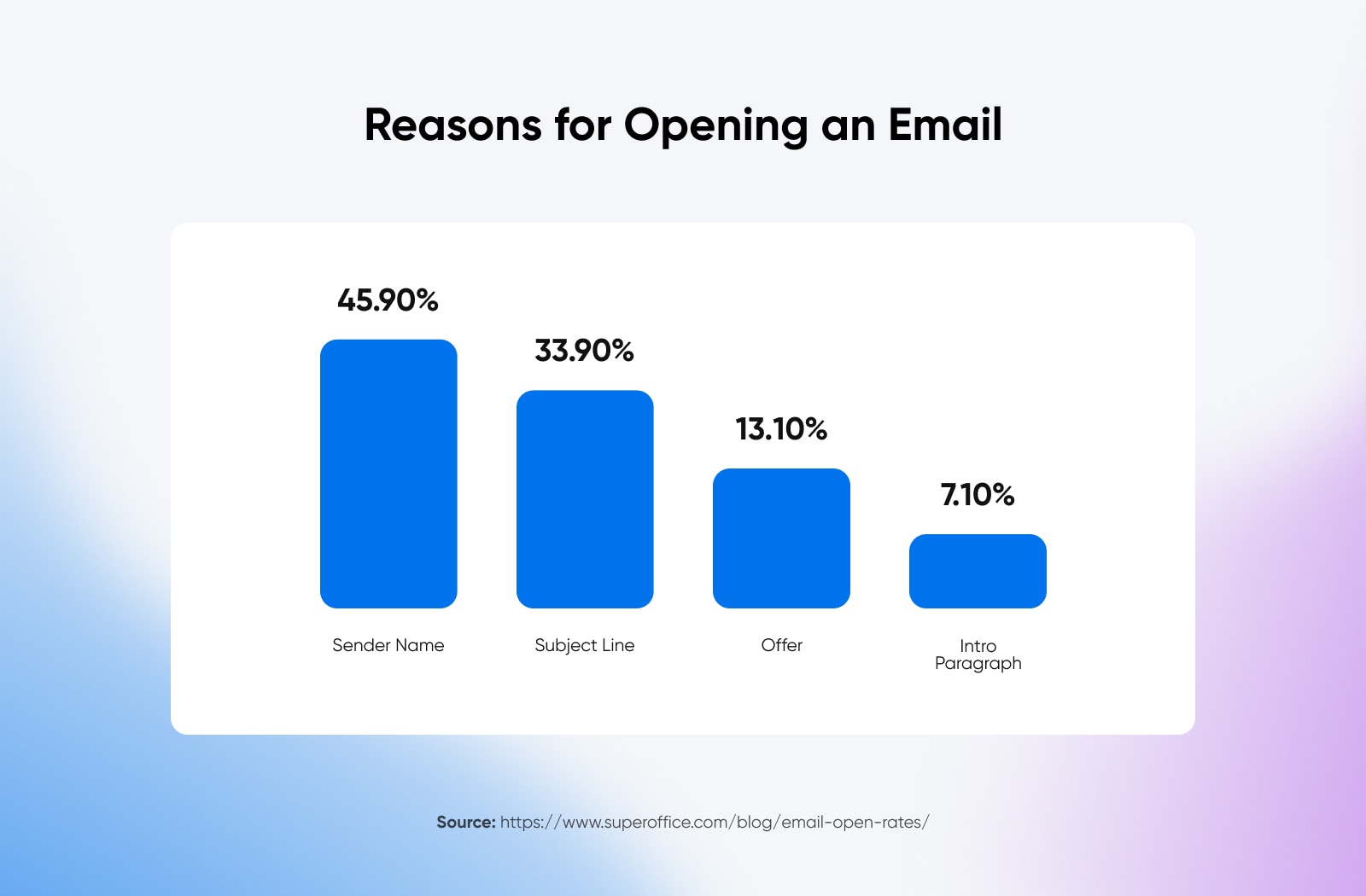
Open rate by benchmarks
What is a good open rate anyway? It depends, as each industry has different email marketing benchmarks. The benchmarks allow you to see how your campaigns work compared to the standards of your industry. In turn, you can find opportunities to enhance your email strategy and strive for better outcomes.
Here are some open rate statistics for the most common industries by HubSpot:
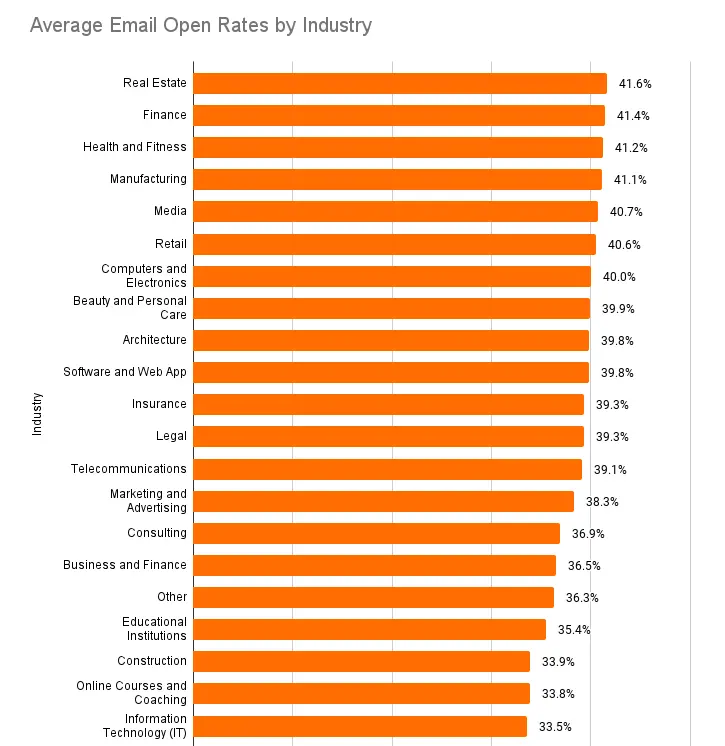
Best tips and strategies to improve email subject lines and open rates
In the world of email marketing, the battle for your recipient’s attention gets tougher every day. To create an email title that improves the open rate and will stand out in crowded inboxes, it’s crucial to know your audience, its pain points, and desires. Your subject line should create interest but remain brief and clear, around 5–10 words.
But those are only the basics. Here are the deeper practices for email subject lines that increase open rate:
1. Trigger the recipient’s FOMO
The fear of missing out (FOMO) is an emotional reaction to the belief that valuable opportunities are passing you by, and you have to act quickly to utilize them. The highest open-rate subject lines usually involve triggering people’s FOMO by creating a sense of urgency or the fear of missing, motivating recipients to immediate action.
Did you know that 69% of millennials experience FOMO, and a stunning 60% of them tend to make spontaneous purchases out of this fear?
According to some other studies, subject lines that convey urgency have a 22% higher open rate.
How it works:
Urgency taps into the recipient’s fear of missing out on a valuable opportunity. When they believe that the content is time-sensitive, they are more likely to open the email right away.
Best practices and examples
- Set a clear deadline: “48 hours left to use your discount!”
- Use action-oriented words: “Your opportunity awaits. Don’t miss out!”
- Highlight limited availability: “Only 5 seats left for our lecture!!”
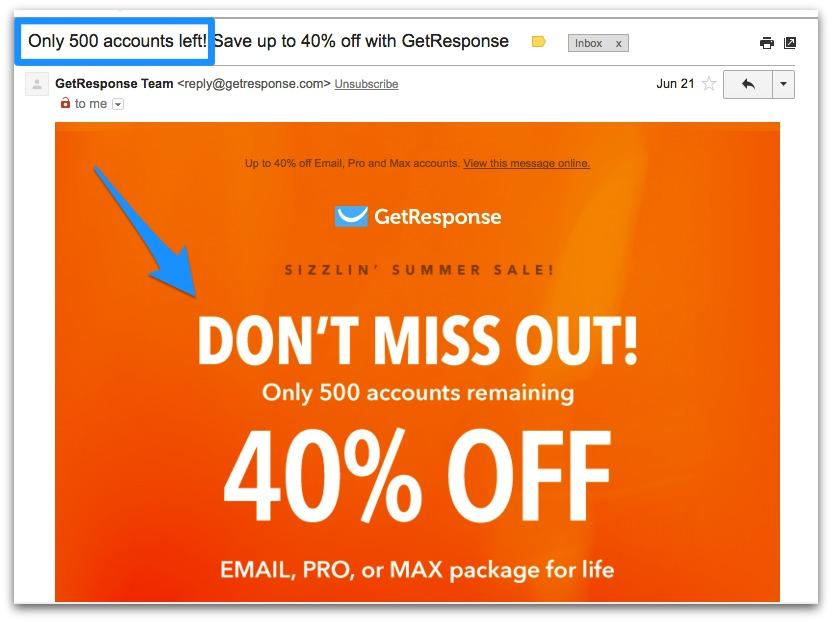
Note: It’s important to be honest when turning to urgency. If you create artificial urgency too frequently, it can harm your brand’s credibility.
2. Personalize
All the best open-rate subject lines involve personalization to some degree. It means tailoring the subject line to each individual client by including specific information, such as their name, location, or past interactions with your brand.
How it works:
Personalization is the key factor that makes the recipient feel special and valued, as if the email was written and designed specifically for them. This can lead to higher open rates because people are more likely to engage with content that feels relevant to their individual needs or interests.
Best practices and examples
- Use the recipient’s name: “Hi Den, here’s your special offer: 30% off!”
- Mention past purchases: “Ryan, based on your recent purchase…”
- Include location-based information: “Hello from London! Get ready to…”
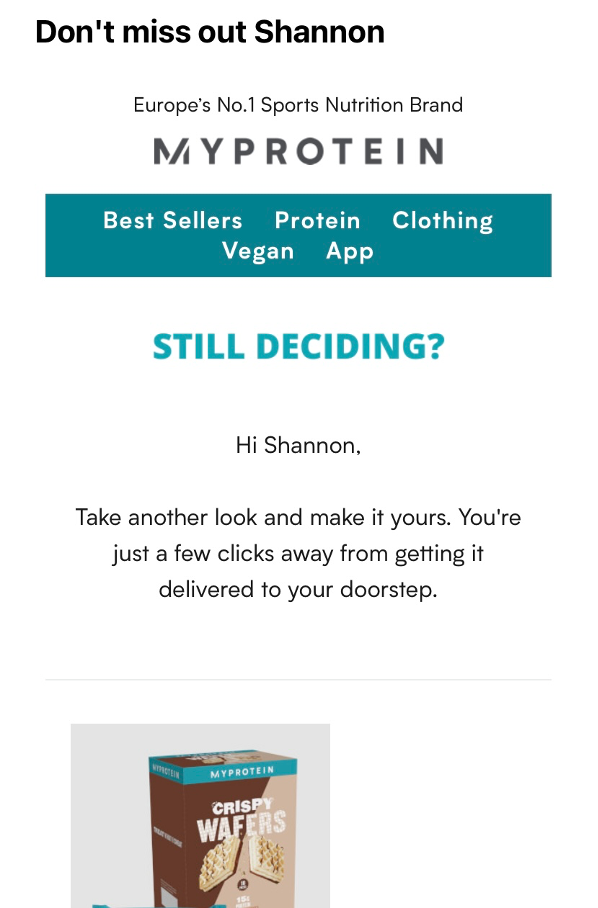
3. Hit the pain points
This strategy aims to make a connection with recipients by acknowledging their pain points and offering solutions or insights. The first step is to identify the pain points and challenges your target audience faces. These could be related to their needs, desires, fears, frustrations, or aspirations. Then, you create the subject line that directly addresses one or more of these pain points, signalling to the recipient that the email content provides valuable information or solutions.
How it works
By addressing pain points, the subject line immediately resonates with the recipient, making them more likely to open the email because it promises to provide valuable information on their specific concerns. Acknowledging pain points can also create an emotional connection. People are more often drawn to content that empathizes with their struggles and offers help.
Best practices and examples
- “Struggling with low website traffic? Boost your traffic with these tips!”
- “Tired of stress eating? Build a healthy relationship with food.”
- “Is your marketing strategy falling below expectations? Elevate your ROI now!”
Note: Ensure that your content lives up to its promises in solving your audience’s issues. If not, your customer’s trust will be broken once and for all.
Conclusion
Following email subject line rules that increase open rates described in this article will enhance the chances of your emails being opened in various marketing cases. But you have to keep in mind that the most effective approach may vary depending on your audience, so continuous learning and adaptation are key to success.
If you are struggling with email open rates, the Livepage email marketing team is ready to help! Contact us for further assistance on your online marketing journey!



















